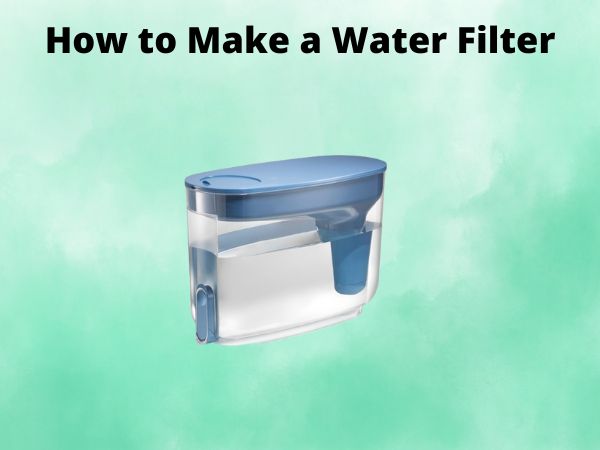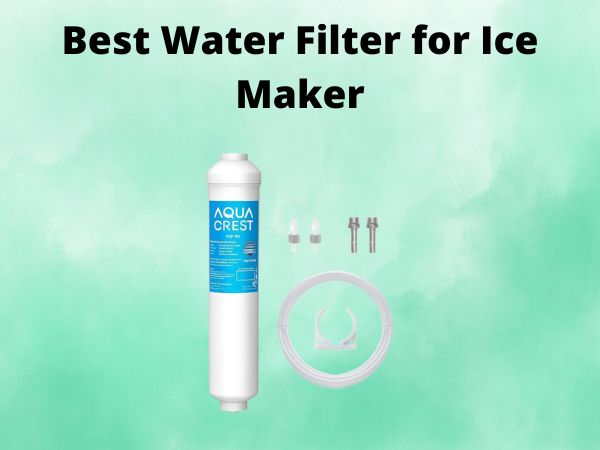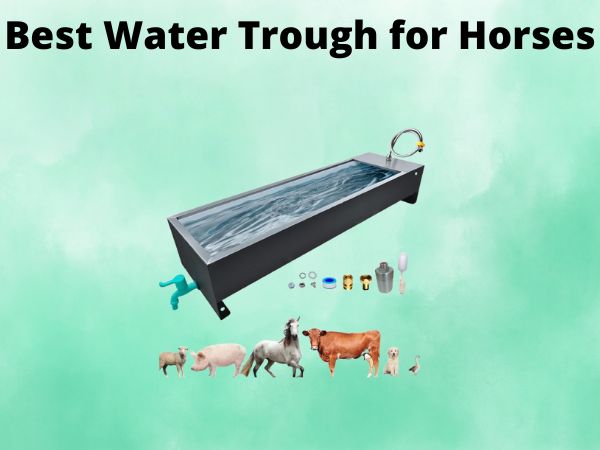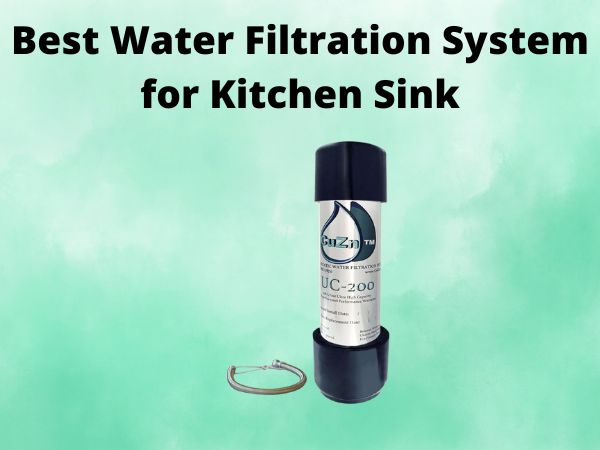How to Make a Water Filter Using Simple Household Items
Have you ever found yourself in a situation where you needed clean, drinkable water, but couldn’t access it? Perhaps you were camping in the wilderness, or your local water supply was compromised. In times like these, it’s essential to have the knowledge and skills to purify water and make it safe for consumption. Luckily, you don’t need to be a chemist or engineer to create a basic water filter using common household items. In this article, I’ll guide you through the simple steps to make your own effective water filter, so you can ensure access to clean water, no matter the circumstance.
Table of Contents
Why Filter Your Water?
Clean, filtered water is crucial for maintaining good health and preventing waterborne illnesses. Tap water, while generally safe, can sometimes contain contaminants like bacteria, heavy metals, and chemicals that can be harmful if consumed. Even if the water looks and tastes fine, it’s always a good idea to filter it before drinking to remove any potential impurities.
Investing in a commercial water filter can be expensive, and they may not always be available, especially in emergency situations. That’s why learning how to make a DIY water filter is such a valuable skill. With just a few simple household items, you can create an effective filtration system that will give you peace of mind and access to clean, safe water whenever you need it.
Gather Your Supplies
To make your own water filter, you’ll need the following items:
- A clear plastic bottle (such as a soda or water bottle)
- Coffee filters or paper towels
- Activated charcoal (found in pet stores or aquarium supply shops)
- Gravel or small pebbles
- Sand
Ensure that all the materials you use are clean and free of any contaminants. This will help ensure the purity of the filtered water.
Step-by-Step Instructions
1. Prepare the Bottle
Start by thoroughly cleaning the plastic bottle with soap and water. Rinse it well to remove any residue. Once it’s clean, use a sharp object (such as a knife or scissors) to carefully cut off the bottom of the bottle, creating an open cylinder shape.
2. Add the Filtration Layers
Begin building your water filter by adding the different filtration layers inside the bottle, starting from the bottom:
- Gravel or Pebbles: Place a 1-2 inch layer of gravel or small pebbles at the bottom of the bottle. This will act as a coarse filter to remove larger debris and sediment from the water.
- Sand: Add a 2-3 inch layer of sand on top of the gravel. The sand will help to further filter out smaller particles and contaminants.
- Activated Charcoal: Pour in a 1-2 inch layer of activated charcoal. This remarkable substance is highly porous and can effectively absorb a wide range of impurities, including chemicals, heavy metals, and even some pathogens.
- Coffee Filters or Paper Towels: Place one or two coffee filters or a few layers of paper towels on top of the charcoal. These will act as a final barrier to trap any remaining sediment or debris.
3. Test and Use Your Filter
Once you’ve assembled all the layers, your water filter is ready to use! To test it, simply pour some untreated water into the top of the bottle and let it slowly filter through the different layers. Collect the filtered water in a clean container and give it a taste. If the water is clear and free of any unpleasant flavors or odors, then your homemade filter is working effectively.
When you’re ready to use your filter, simply pour the water you need to be filtered into the top of the bottle and let it drip through. The filtered water will collect at the bottom, ready for you to drink or use for other purposes.
Maintenance and Longevity
To ensure your water filter continues to work well, be sure to replace the coffee filters or paper towels regularly, as they will become clogged over time. You may also need to replace the activated charcoal every few uses, depending on how much water you’re filtering.
It’s important to note that while this DIY water filter can effectively remove many contaminants, it may not be sufficient to purify water that is heavily polluted or contains dangerous pathogens. In those cases, it’s best to use a more advanced filtration system or to boil the water before drinking.
Conclusion
Making your own water filter using simple household items is a handy skill that can come in clutch in a variety of situations. Whether you’re camping, dealing with a natural disaster, or just want to ensure the purity of your drinking water, this easy-to-assemble filtration system can provide you with clean, safe water whenever you need it. By following the steps outlined in this article, you can create an effective water filter that will give you peace of mind and access to the vital resource of clean, drinkable water.
Frequently Asked Questions
Can I use any type of charcoal in my water filter?
No, it’s important to use activated charcoal specifically designed for water filtration. Regular charcoal, such as from a barbecue grill, will not be as effective at removing impurities and contaminants from the water.
How often do I need to replace the filter materials?
The frequency of replacement will depend on how much water you’re filtering and the quality of the water source. As a general rule, you should replace the coffee filters or paper towels every 10-20 uses, and the activated charcoal every 25-50 uses. Keep an eye on the filter’s performance and replace the materials as needed.
Can I filter saltwater using this method?
No, this DIY water filter is not designed to remove salt from seawater or brackish water. The filtration layers are effective at removing many contaminants, but they cannot separate salt from water. For saltwater filtration, you would need a more advanced desalination system.
Is the filtered water safe to drink immediately?
While the filtration process will remove many impurities, it’s still a good idea to boil the filtered water before drinking it, especially if you’re using it in an emergency situation or the water source is of questionable quality. Boiling the water will kill any remaining bacteria or pathogens, ensuring it is completely safe to consume.
Can I use this filter to purify water for cooking and other household uses?
Absolutely! The homemade water filter can be used to purify water for a variety of purposes, including cooking, cleaning, and watering plants. Just keep in mind that the filter’s effectiveness may diminish over time, so it’s essential to maintain and replace the materials as needed.





